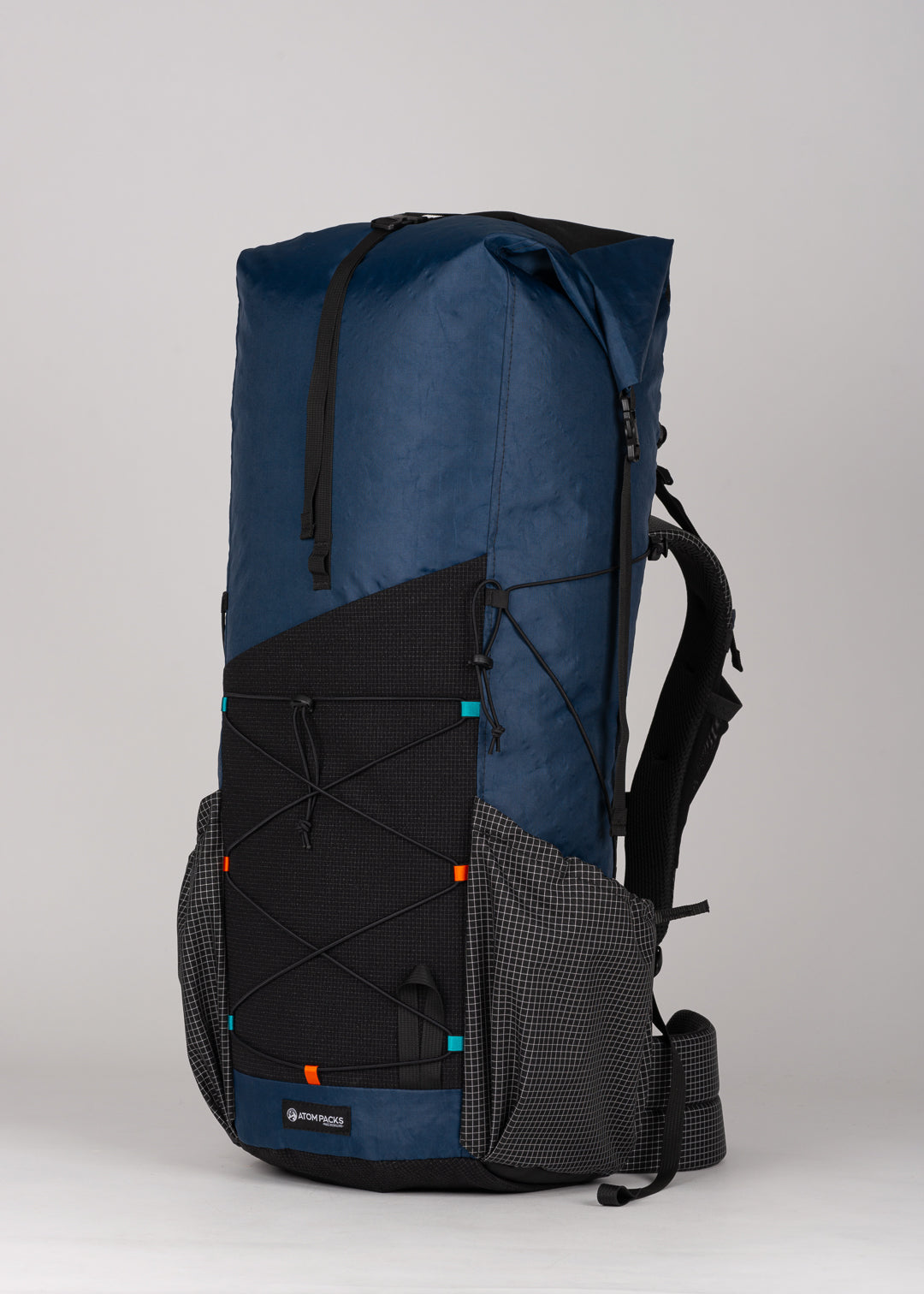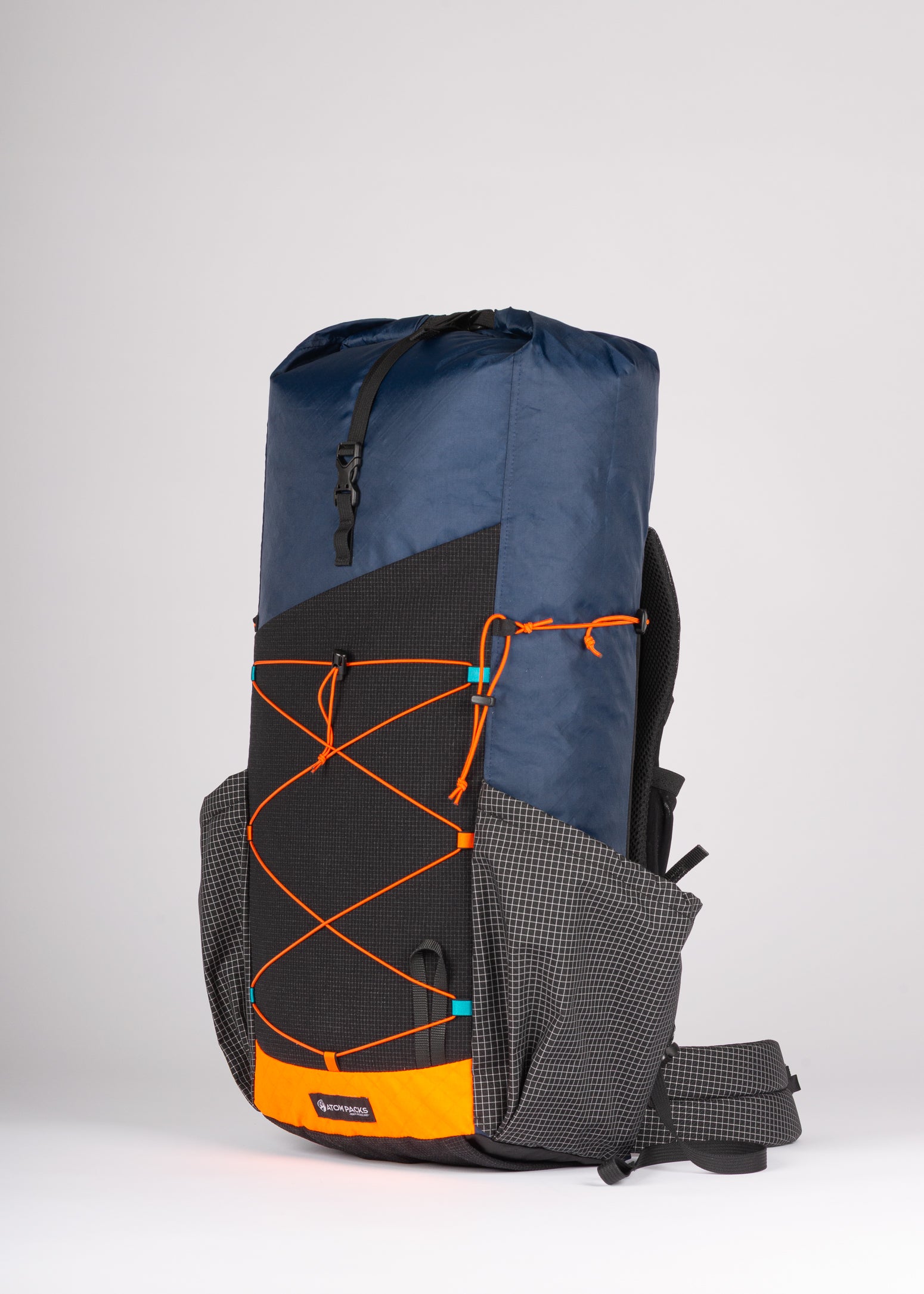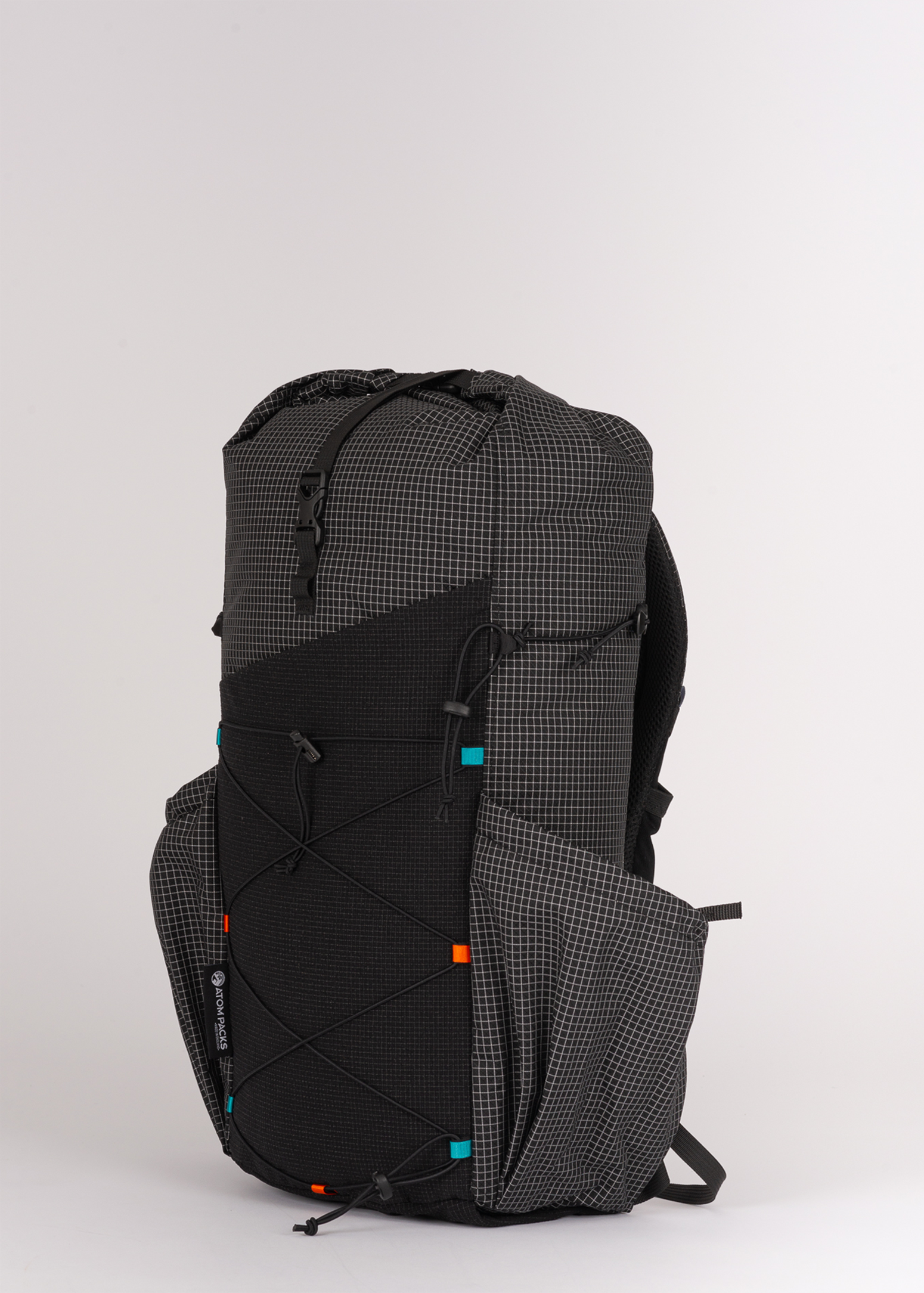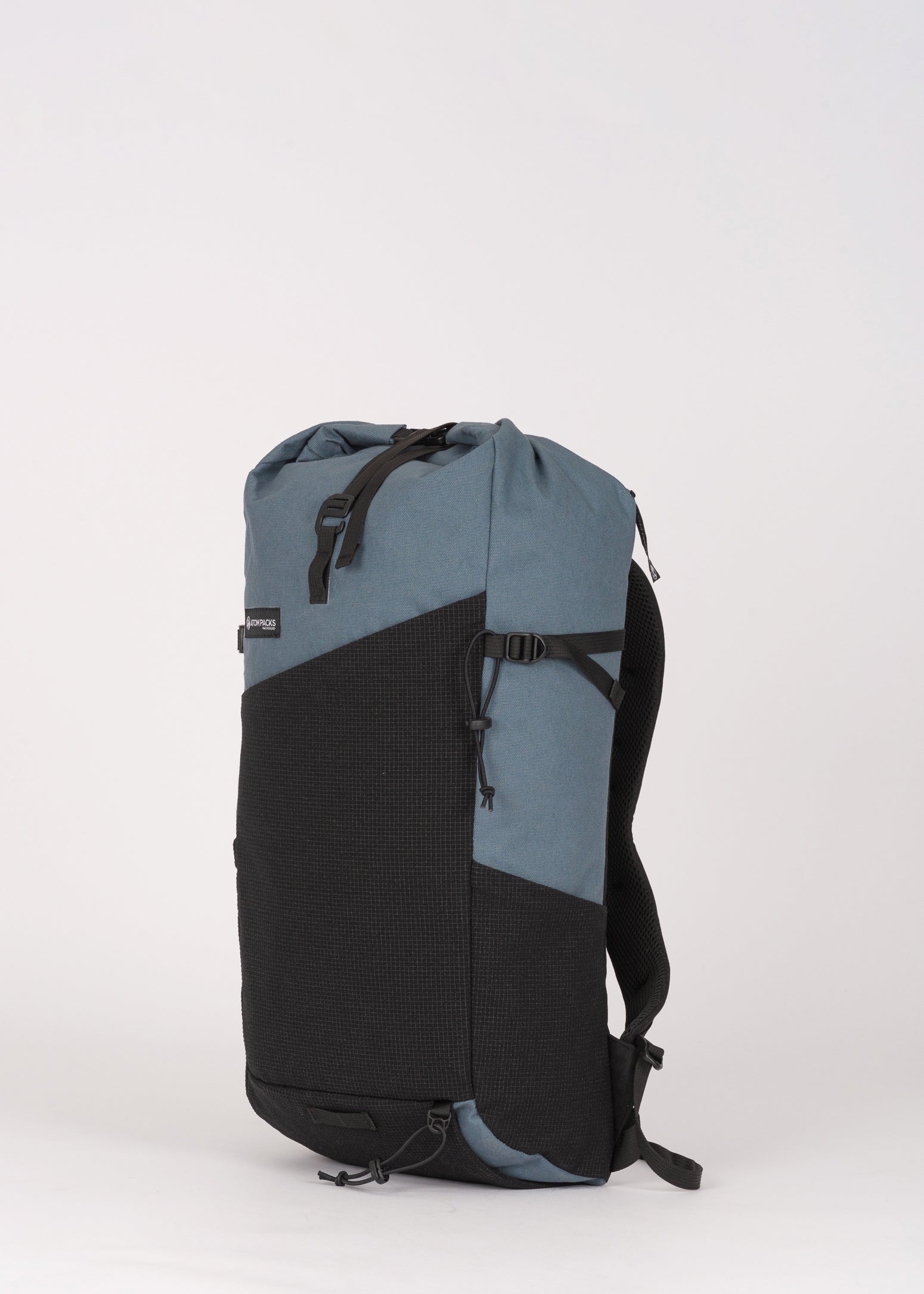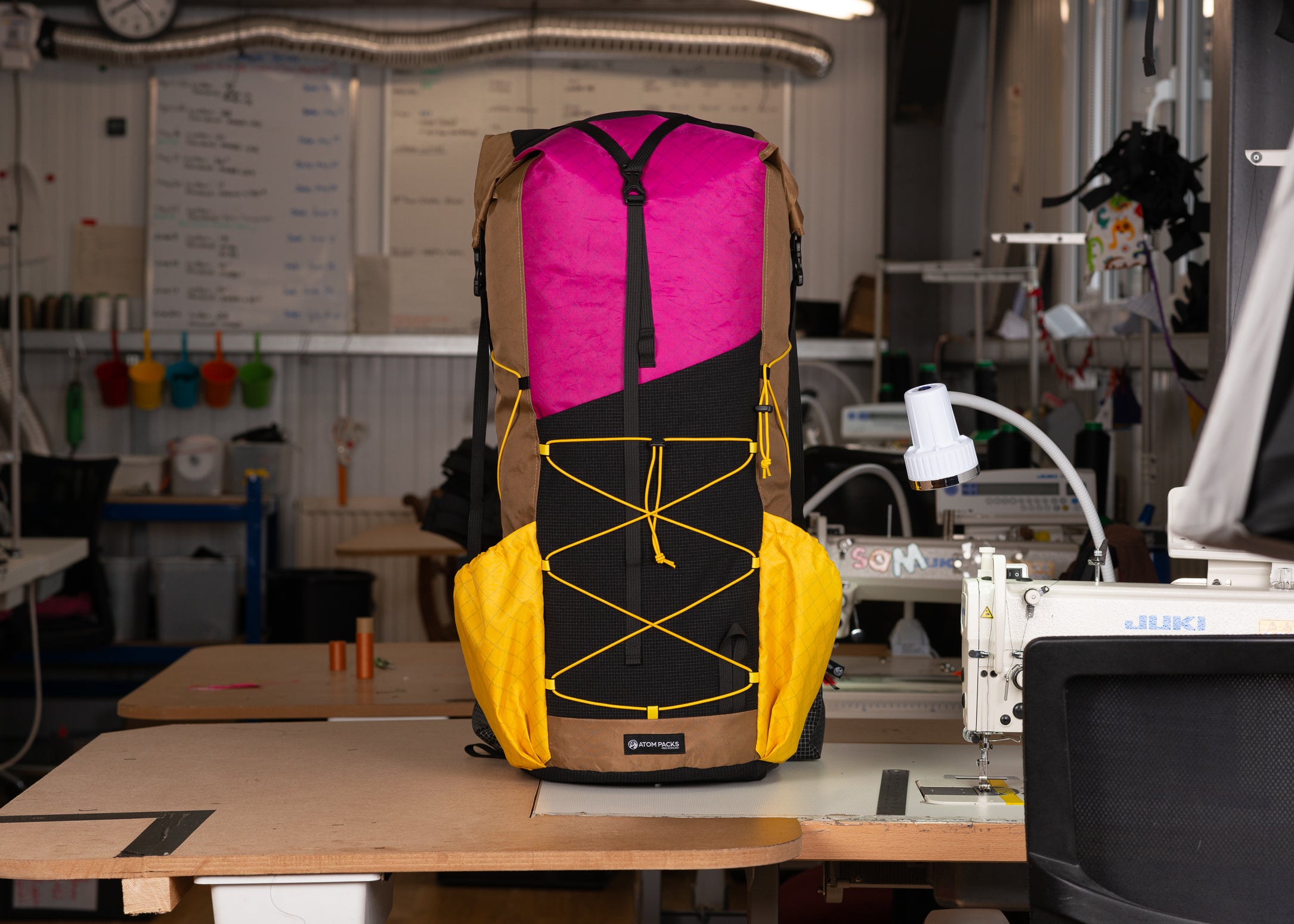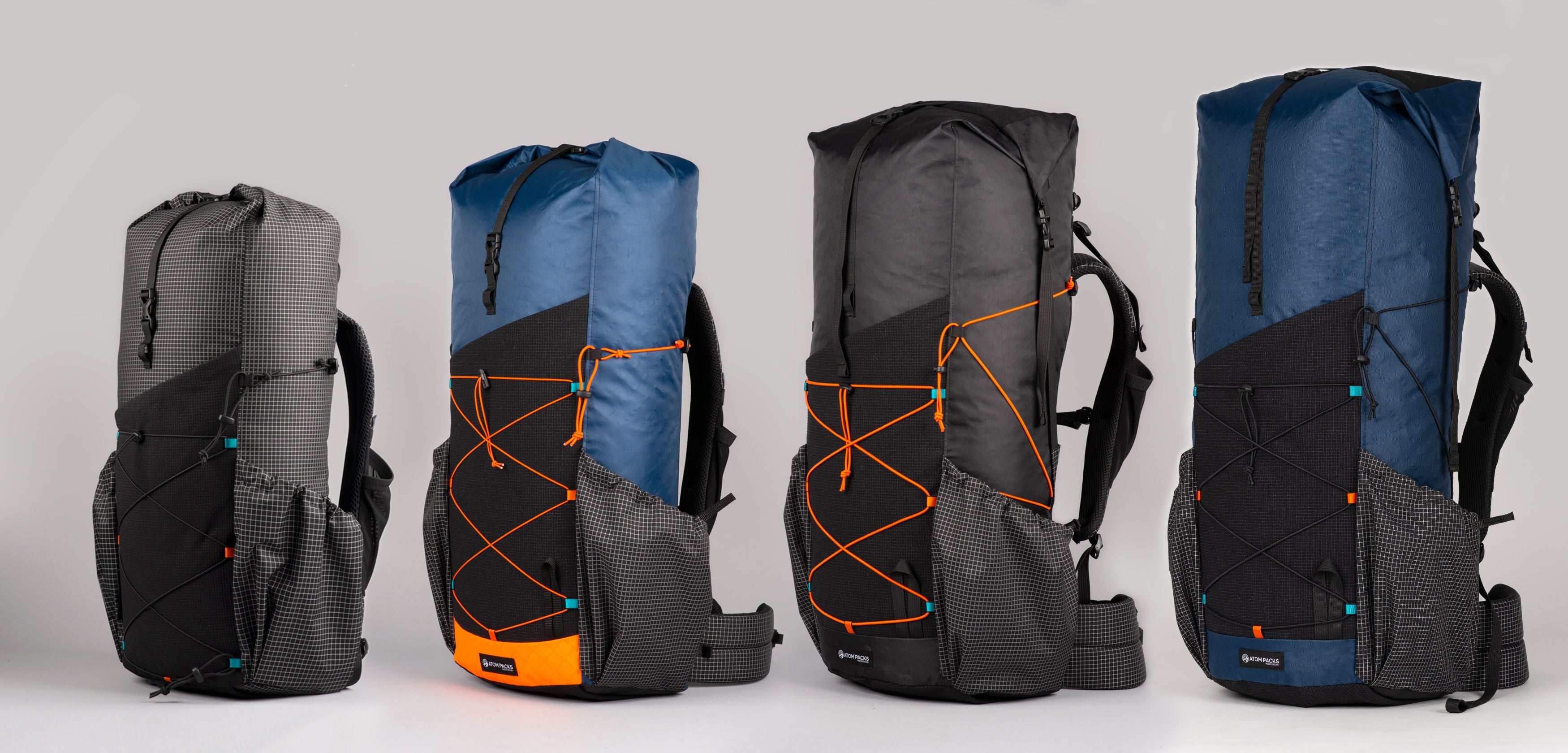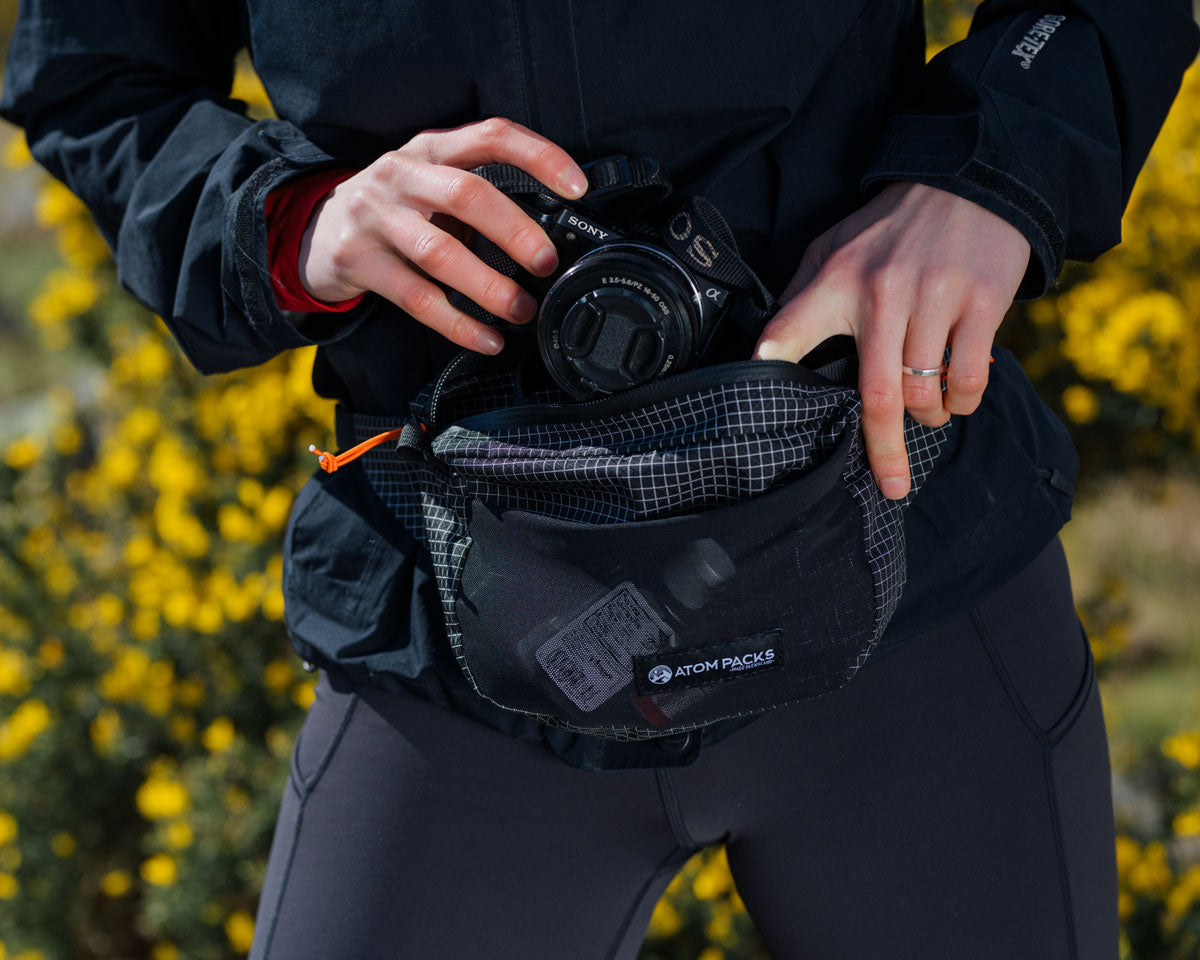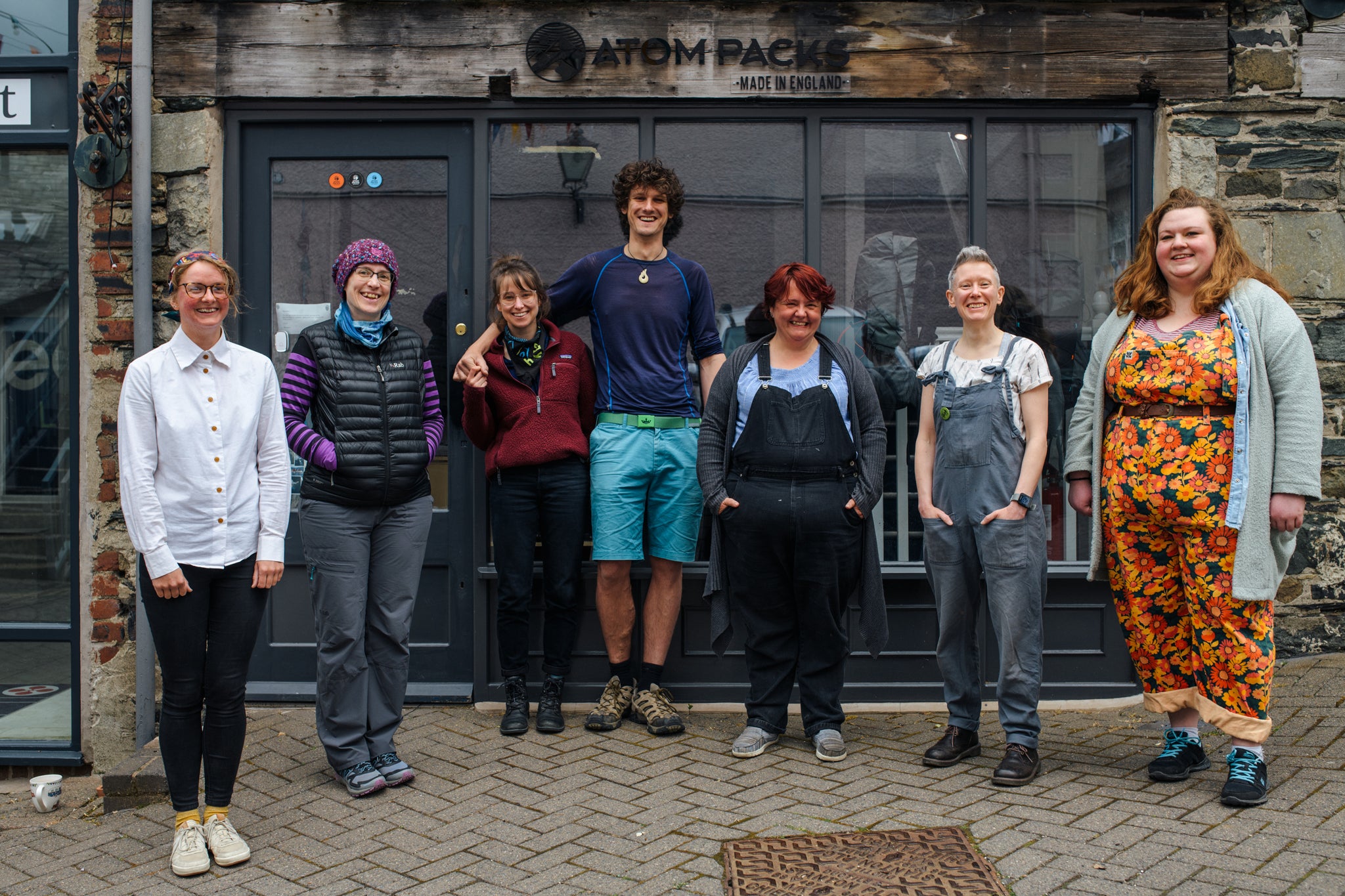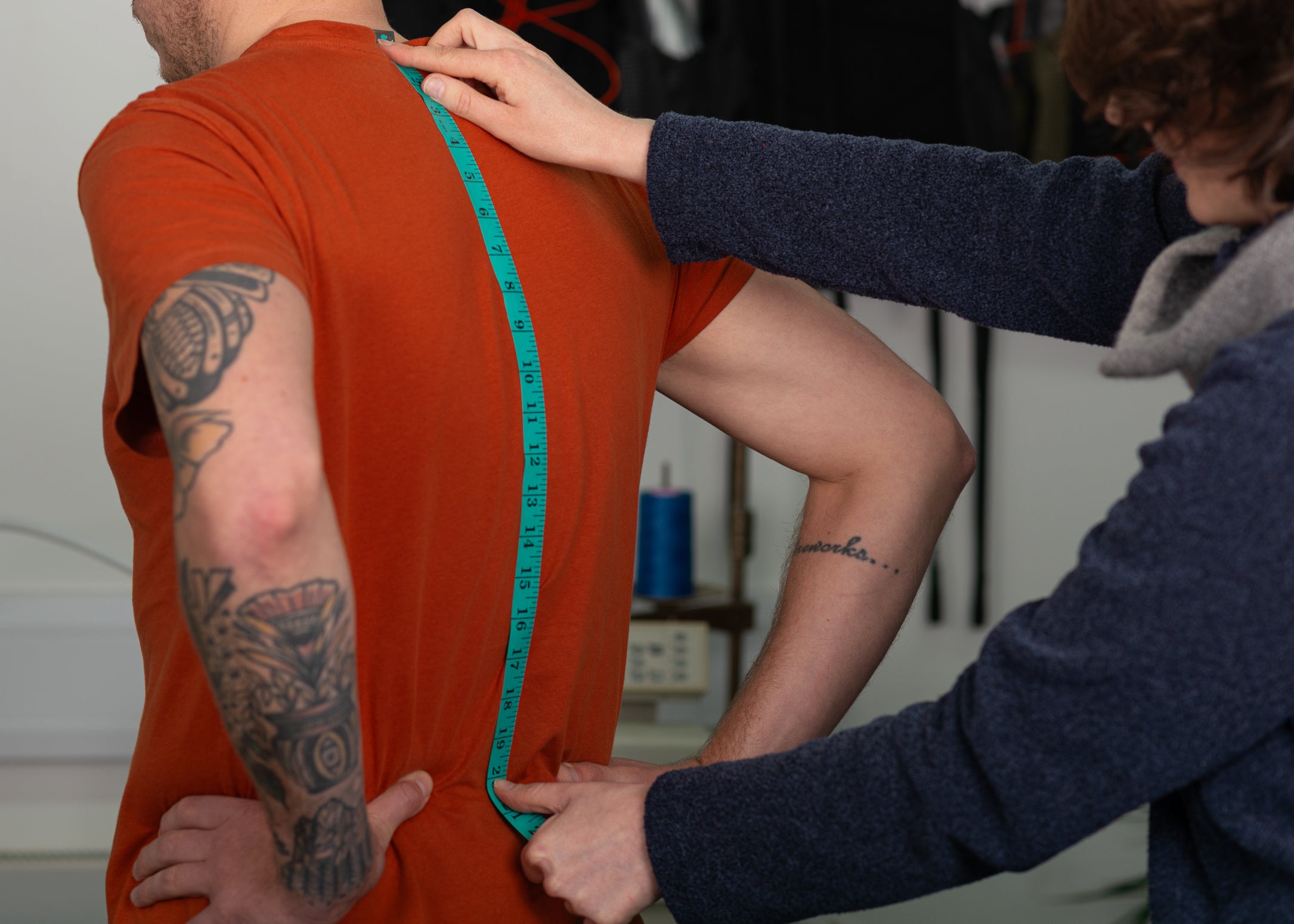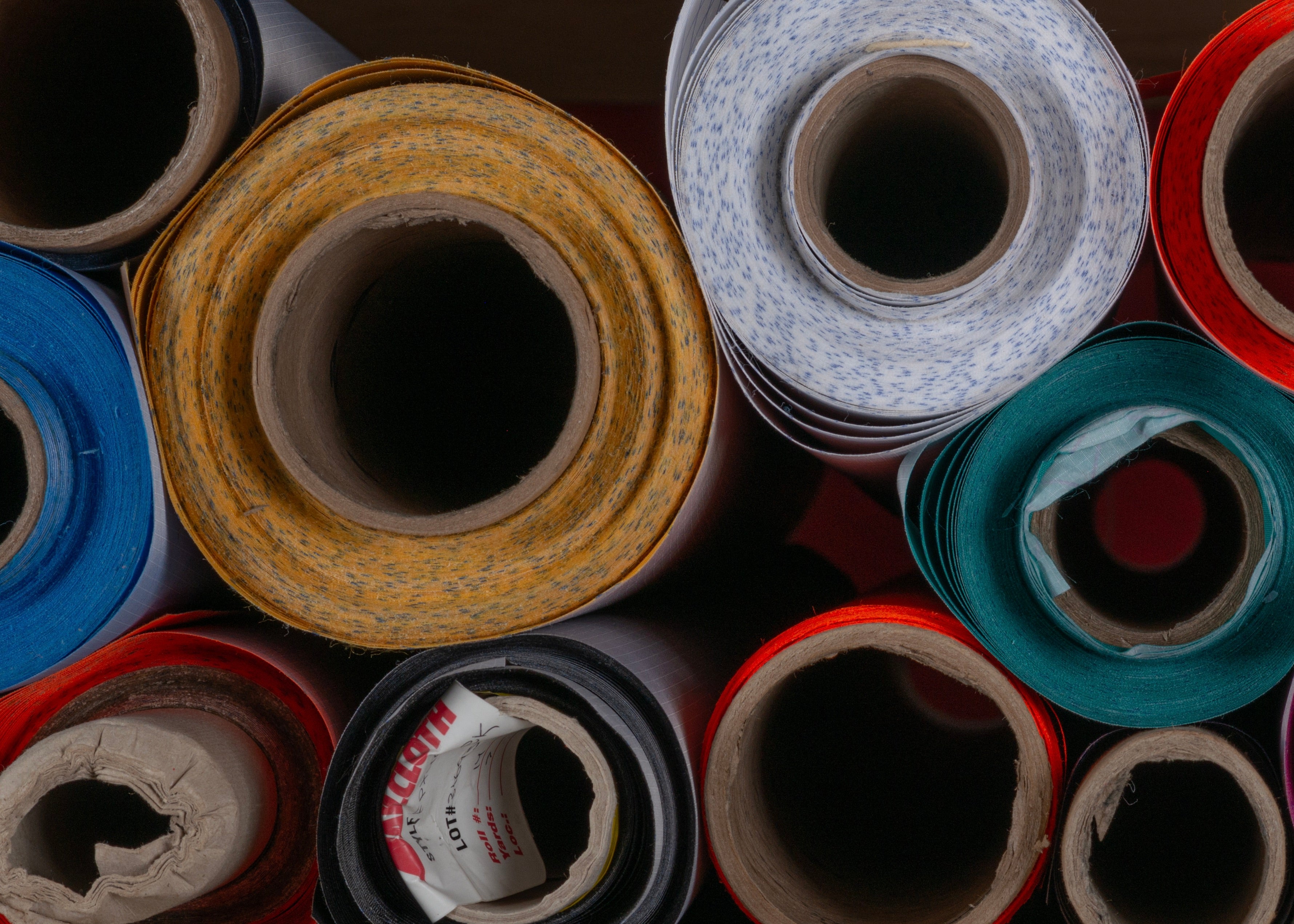by Tom
 Hiking in the heat is not always something that can be avoided. Sure, if you are doing a 4 hour hike and you know it's going to be HOT then simply avoiding the middle of the day when the sun is at its strongest is an easy work around by either starting early in the morning or in the afternoon.
Hiking in the heat is not always something that can be avoided. Sure, if you are doing a 4 hour hike and you know it's going to be HOT then simply avoiding the middle of the day when the sun is at its strongest is an easy work around by either starting early in the morning or in the afternoon.
However, we don't always get to choose. If you are on a multi day hike then, whatever is happening outside is going to be happening to you: be it rain, heat or snow.
In these situations, you can still adapt and plan your day around whatever is happening. I met numerous people on the PCT who swore by the 12 before 12 mindset of starting early, getting 12 miles hiked, preferably to a place with water and shade, they would then lounge around until the early afternoon when they'd hike for another 12 miles. This way they were never hiking through the hottest hours of the day and were never too far away from their next break.
If there is no shade, bring your own. On the Arizona trail in 2022 I used a sun hoodie for the first time. These things are a game changer! Most of them have an SPF factor of about 50 which means you wont need to use as much sunscreen. If it really is hot, let's say 28°C or 80°F, then you will likely be uncomfortably hot regardless of what you are wearing, so why not cover up and protect yourself from that harmful UV exposure? Being able to put the hood up meant those tricky areas to protect like neck and ears were safely out of reach to UV, combine that with a baseball cap and that's your face in the shade also, the sleeves were long enough to tuck your hands inside leaving me feeling slightly more prepared to hike through the shadeless and baron desert. If you combine that with a sun umbrella then, whoa now, you have a great combo. Especially in desert travel, the ability to create a small patch of shade is an absolute no brainer. Most modern sun umbrellas now come in under 200g / 7.5 oz meaning you really now have no excuse. There is a strong argument that you will need to consume less water if you are better protected from the sun, so, don't preach to me about your base weight here.
Thinking about water. Now is not the time to be scrimping. Heat injuries happen when people over exert themselves in hot environments, this is made significantly worse by adding dehydration into the mix. Whatever water you think you need, add an additional litre or two, trust me, you won't regret it (well, you might regret it because it's heavy but... you are strong and the additional weight is good training so... deal with it) While we are at it, don't ever rely on a publicly available water cache as, who the hell knows if anything will be in it when you arrive.
Having additional water helps you in a few ways: Primarily it means that if you, or a member of your party start to feel unwell in the heat then you have the option to stop and wait for the temperature to drop. This additional water is effectively an insurance policy against making a compounding negative decision (feeling unwell in the heat but not stopping because you don't have enough water, thus making you more unwell). In general, if you start to feel unwell in the heat you need to stop moving and, if possible, get out of direct sun ASAP.
I was shocked and a little humbled to learn of the mechanics of a lot of the heat related deaths in the grand canyon (The Grand Canyon is a uniquely strange place as it is a 5000ft deep hole that gets significantly hotter the deeper you go, meaning you get into trouble quickly and easily by descending then have a really hard climb out). The annals of fatalities there are full of stories of people hiking in pairs, one starts to feel unwell so stops, the other, feeling fine, starts to climb out to get help, then succumbs to the heat themselves, often it will be the helper that will perish and the person who they were helping will survive. Why? Because they stopped moving and thus, cooled down.
Tom's Top Tips for Trekking in Trying Temperatures:
1. Avoid the hottest part of the day: this means starting early or late.
2. Drink water, plenty of it. Whatever you think you might need, add another litre. Worried about the weight? Deal with it. It's good training.
3. Cover up. Use a sun hoodie to minimise exposed skin and a sun umbrella to create portable shade. Put sunscreen on any exposed areas.
4. Don't be afraid to change your plans to meet the conditions. This means stopping and waiting it out, or turning back before things get bad if the conditions aren't what you are prepared for. If your friends don't want to stop or are pressuring you to continue... acquire new friends.
5. Pack out Electrolytes or delicious salty snacks to make sure you are replacing the salts that you lose through sweating.
6. Wherever possible, plan to camp and take breaks at water.
7. Dunk your shirt/sun hoody in flowing water, when you put it on it will keep you cool through evaporation.
8. Camel up. This means drinking at least one litre of water at every water source you pass. You won't notice the weight while it is in you and it's good insurance. If you pass 3 water sources in a day that's 3 liters of water you drank but didn't have to physically lift anywhere.
(FUN FACT the same rule can be applied by snacking out of hiker boxes, although that won't help with the heat, unless the hiker box is full of ice cream sandwiches, which has never happened in history)
9. Never pass up a good shady break spot, the ground here won't have been superheated by the sun making this zone significantly cooler to hang out in.
 Hiking in the heat is not always something that can be avoided. Sure, if you are doing a 4 hour hike and you know it's going to be HOT then simply avoiding the middle of the day when the sun is at its strongest is an easy work around by either starting early in the morning or in the afternoon.
Hiking in the heat is not always something that can be avoided. Sure, if you are doing a 4 hour hike and you know it's going to be HOT then simply avoiding the middle of the day when the sun is at its strongest is an easy work around by either starting early in the morning or in the afternoon. 
